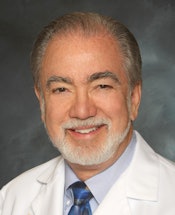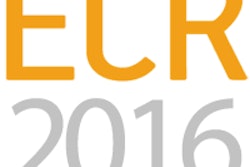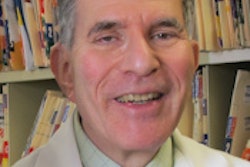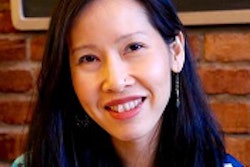
Breast centers have a unique opportunity to educate and inform women in their communities, according to a presentation at the recent National Consortium of Breast Centers (NCoBC) meeting in Las Vegas. And one of the best ways to do this is through social media.
"When a center is using social media effectively, it's seen as a local authority," said surgeon Dr. Jay Harness of St. Joseph Hospital's Center for Cancer Prevention and Treatment in Orange, CA. "Patients will know about your work and will share about it with their friends."
 Dr. Jay Harness of St. Joseph Hospital's Center for Cancer Prevention and Treatment.
Dr. Jay Harness of St. Joseph Hospital's Center for Cancer Prevention and Treatment.Harness is the co-founder and medical director of the website BreastCancerAnswers.com and the surgical advisor for an app called My Breast Cancer Journey, which helps women track their path from diagnosis to treatment and survivorship. He got involved in social media by producing videos for EmpowHer.com, a women's health website.
"There was a need to communicate to patients and their family and friends in plain English," he said. "From these talks, I got the idea of doing a kind of social media show during which I could interact with the audience. This experience led to the development of BreastCancerAnswers.com."
BreastCancerAnswers.com launched in 2012. Its more than 700,000 followers can access over 1,600 videos that address various breast health/cancer concerns; 8 million users have viewed videos from its library. Eighty-eight percent of these users are between the ages of 35 and 64, and 72% are women.
The website "reaches more than 660,000 people via Google Plus, more than 38,000 via Facebook, and almost 3,000 via Twitter," he said.
Social effort
What does a center need to take advantage of social media? A firm commitment from center staff, local physicians, and technology experts, according to Harness.
"You need to understand your local and regional patients' needs, and your administrators need to understand the value of social media," he said.
But there's a particular way to make a center's social media presence more powerful: videos. In fact, sites that regularly post new video content get 200% to 300% more unique monthly visitors than those that don't, according to Harness.
"Videos expand your center's reach beyond your homepage, because patients and their families share them like crazy," he said. "Create videos that offer patients useful information, and make sure that the content can easily be found from a local Internet search. The better your search results, the more traffic on your site, which then brings in more patients."
BreastCancerAnswers.com's videos span a variety of topics. Harness listed a few titles:
- "Is There a More Personalized Way to Treat DCIS Breast Cancer?"
- "26-Year-Old Survivor's Advice for Newly Diagnosed Patients"
- "How Does a BRCA Genetic Mutation Affect Your Risk of Developing Cancer?"
- "What Is the Importance of Knowing Your Family History?"
- "Where Might a Breast Cancer Recurrence Occur After a Mastectomy?"
Harness encouraged NCoBC session attendees to create question-and-answer style videos that are two to four minutes long, and then post each one on its own article page on the center's website -- with a well-crafted, search-engine-optimized title, of course.
"Think about what a patient would be searching for if they were looking for this particular video," he told session attendees.
Using social media well -- and making educational videos available to patients, in particular -- can only expand a breast center's reach and influence and, thus, further improve the care women with breast cancer receive, Harness concluded.
"Leverage the power of social media, and patients and their families will know about what you offer," he said. "Your information is powerful. Use it to benefit your community."




















